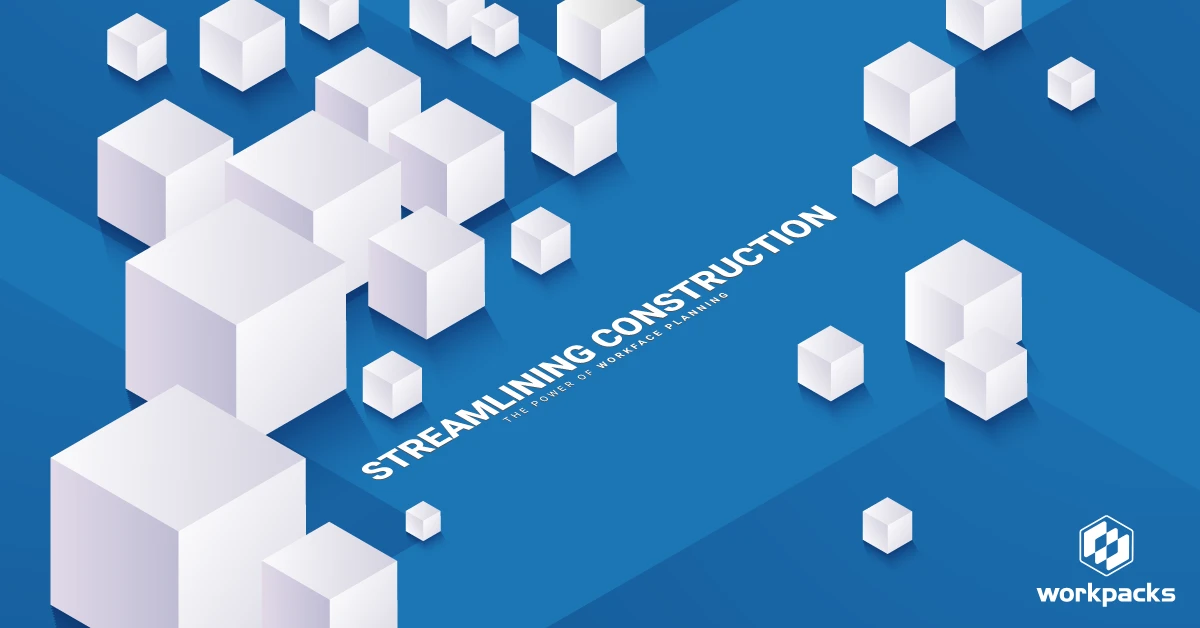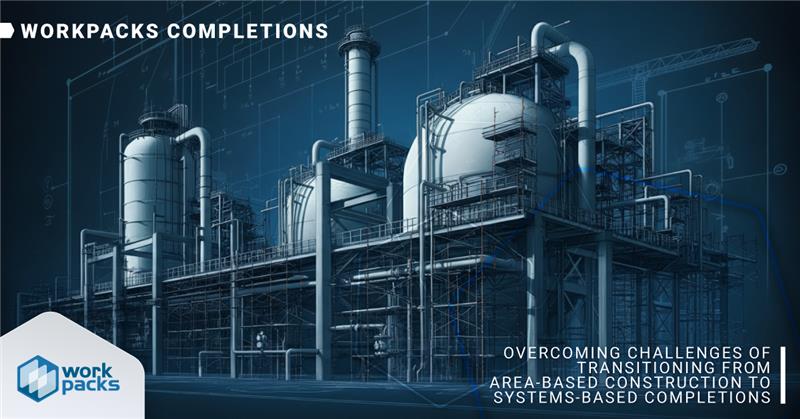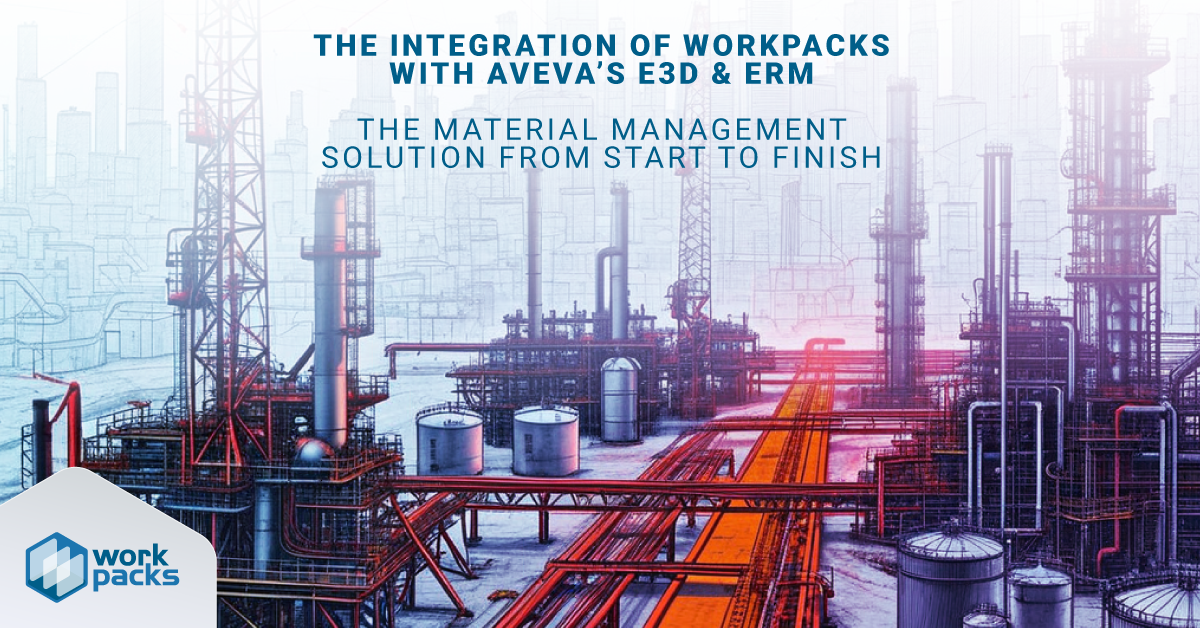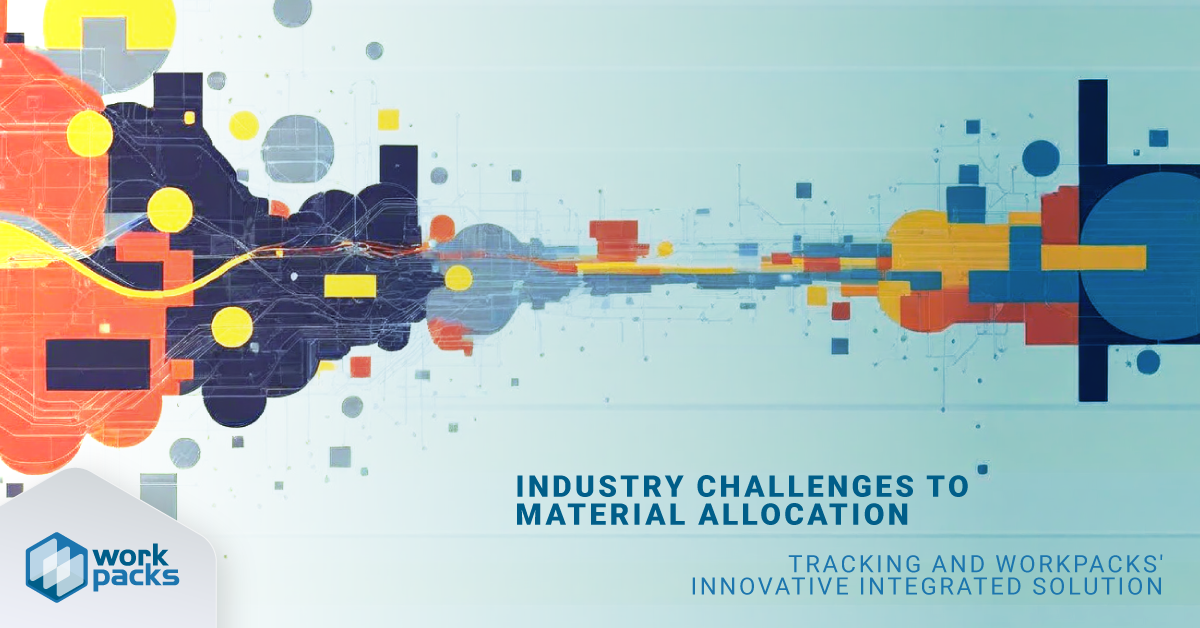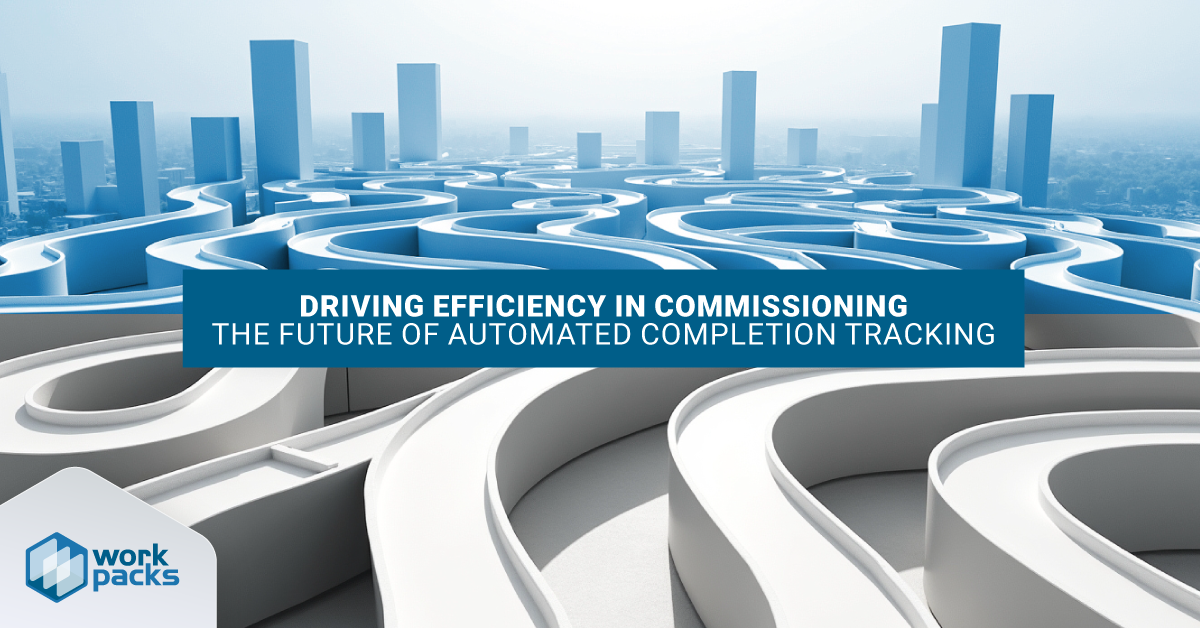In the previous article we ran through the high-level benefits of Workface Planning and the connection to AWP. In this one, we’re diving into some specifics about the role of a Workface Planner, so let’s get into it.
In construction, where time is money and coordination is paramount, one strategy stands out as a game-changer; Workface Planning (WFP). At its core, WFP is the art of orchestrating the intricate dance of tasks, resources, and schedules to ensure smooth execution on the ground. Let’s delve into the world of Workface Planning, exploring its main goals, key interactions, and the challenges and benefits it brings to the table.
The main goal of Workface Planning is simple yet profound: to optimize the execution phase of a construction project. It’s about translating high-level plans and schedules into actionable steps at the Workface, where boots meet the ground. By meticulously planning each work package, assigning resources, and sequencing tasks, WFP aims to minimize downtime, reduce conflicts, and ultimately accelerate project delivery. In essence, it’s about maximizing productivity and efficiency where it matters most – on site.
WFP doesn’t operate in isolation; it’s deeply intertwined with other roles and processes within the construction ecosystem. One of its closest collaborators is the project management team, which provides the overarching strategy and direction for the project. Project managers rely on Work-Face Planning to translate their vision into reality, ensuring that the project stays on track and within budget. Similarly, WFP interacts closely with procurement, as timely delivery of materials is crucial for seamless execution. By aligning with procurement schedules and requirements, Workface Planning ensures that the right resources are available when and where they’re needed most.
However, like any powerful tool, Workface Planning comes with its own set of challenges. One of the biggest obstacles is the need for accurate and timely information. Without clear communication and up-to-date data, Workface Planning efforts can quickly unravel, leading to delays and inefficiencies. Moreover, coordinating multiple trades and disciplines within a tight schedule requires finesse and coordination. Conflicts and clashes can arise, requiring swift resolution to keep the project on track. Despite these challenges, the benefits of WFP far outweigh the drawbacks.
One of the key advantages of Workface Planning is its ability to drive accountability and collaboration. By effectively identifying and closing constraints in tandem with assigning clear responsibilities and timelines to each work package, WFP fosters a culture of accountability among team members and increases time on tools. Everyone knows their role and understands how it contributes to the broader project objectives. Additionally, Workface Planning promotes collaboration by breaking down silos between disciplines, fostering open communication, and most importantly, decreases safety risks throughout construction execution. When everyone is aligned and working towards a common goal, remarkable things can happen.
Workface Planning is a cornerstone of efficient construction management. Its focus on optimizing on-site execution, fostering collaboration, and driving accountability makes it an indispensable tool for modern construction projects. While challenges may arise along the way, the benefits of WFP – from accelerated project delivery to improved quality – make it a worthy investment for any construction team.

